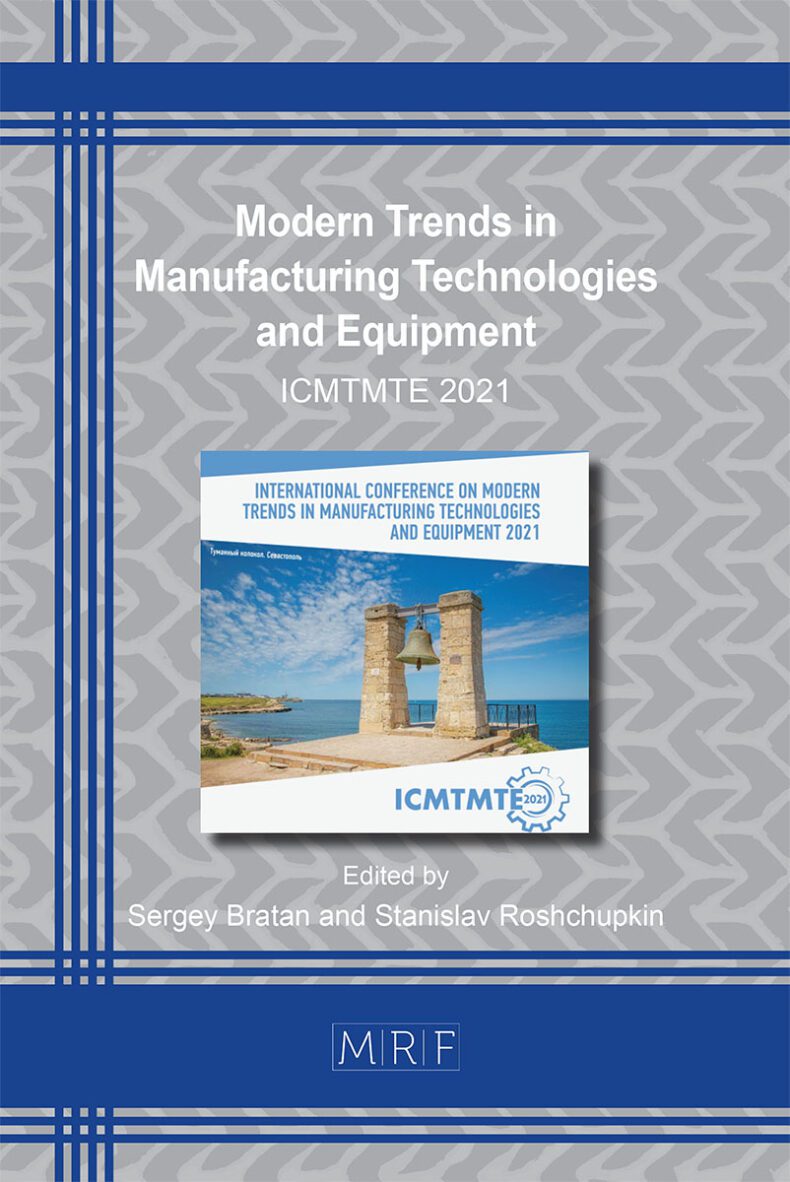Dynamic Characteristics of Reinforced Concrete Beams Made of Carbonate Concrete
Vladimir Belov, Pavel Kuliaev, Temur Barkaya
download PDFAbstract. The ability of solid structures to absorb a certain part of the energy of dynamic impacts has not been properly reflected in impact theories. Meanwhile the effect of material properties on the various structures in the impact is so much that ignoring it when the solution of a large number dynamic problems makes it impossible to explain without distorting quantitatively and qualitatively, many of the actually observed phenomena, for example, equalization of dynamic stresses in places of their concentration and fluctuation of other parameters. In the article, two independent parameters for conventional reinforced concrete beams and those made of limestone concrete are compared, namely dynamic coefficient and the values of elastic rebound in impact. The effect of the reinforcement is not discussed in the paper.
Keywords
Reinforced Concrete, Carbonate Concrete, Strength, Dynamic Parameters, Matrix
Published online 1/5/2022, 5 pages
Copyright © 2022 by the author(s)
Published under license by Materials Research Forum LLC., Millersville PA, USA
Citation: Vladimir Belov, Pavel Kuliaev, Temur Barkaya, Dynamic Characteristics of Reinforced Concrete Beams Made of Carbonate Concrete, Materials Research Proceedings, Vol. 21, pp 209-213, 2022
DOI: https://doi.org/10.21741/9781644901755-37
The article was published as article 37 of the book Modern Trends in Manufacturing Technologies and Equipment
![]() Content from this work may be used under the terms of the Creative Commons Attribution 3.0 licence. Any further distribution of this work must maintain attribution to the author(s) and the title of the work, journal citation and DOI.
Content from this work may be used under the terms of the Creative Commons Attribution 3.0 licence. Any further distribution of this work must maintain attribution to the author(s) and the title of the work, journal citation and DOI.
References
[1] Ansari F. Analysis of Micro-Cracked Zone in Concrete. Fract. Toughness and Fract. Energy Concr. Proc. Int. Conf., Lausanne, Oct.1-3, Amsterdam pp.229-240 (1986).
[2] Beaudoin J.J. Mechanisms of Subcritical Crack Growth in Portland Cement Paste. Fract. Toughness and Fract. Energy Concr. Proc. Int. Conf., Lausanne, Oct.1-3, Amsterdam pp.11-19 (1986).
[3] Derucher K.N. Failure Mechanism of Concrete. Compos. Mater.: Test. and Des. 5th Conf., New Orleans, La, Philadelphia. pp.664-679 (1999).
[4] Desov A.E. Basic principles of high-strength concrete. Transpr. Res. Rec. №504 pp.37-42 (2001).
[5] Detriche Ch.H., Ramoda S.A. Effect of the Composition of Mortars and Testing Procedures on Fracture Toughness. Fract. Toughness and Fract. Energy Concr.Proc. Int. Conf., Lausanne, Oct.1-3, Amsterdae.a. pp.291-298 (1995).
[6] Diamond Sidney, Bentur Arnon. On the Cracking in Concrete and Fiber-Reinforced Cements. Appl. Fract. Mech. Cementitious Composites. Proc. NATO Adv. Res. Workshop, Evanston, Sept.4-7, Dordrecht pp.87-140 (2005). https://doi.org/10.1007/978-94-009-5121-1_4
[7] Fanella David, Krajcinovic Dusan. Size Effect in Concrete. J. Eng. Mech. №4. pp.704-715 (1998). https://doi.org/10.1061/(ASCE)0733-9399(1988)114:4(704)
[8] Kishitani Koichi, Moeda Koichi. Compressive fracture of cracked Mortar. Cem. Assoc. Jap. Rev. 13th Gen. Meet. Techn. Sess., Tokyo, Sem. Gijutsu Nempo, pp.216-217 (1985).
[9] Okada Kiyoshi, Koyanagi Wataru, Rokugo Keitetsu. Fracture Process of Concrete in Compression. Proc.2nd Int. Conf. Mech. Behav. Mater., Boston, Masspp.1358-1362 (1988)
[10] Struble L.J., Stutzman P.E., Fuller E.R. Microstructural Aspects of The Fracture of Hardened Cement Paste: [Pap.] 1st Symp. Rel. Multilayer Ceram. Capacitors, University Park, Pa, May 11-12, J. Amer. Ceram. Soc12. -pp.2295-2299 (1989). https://doi.org/10.1111/j.1151-2916.1989.tb06078.x































